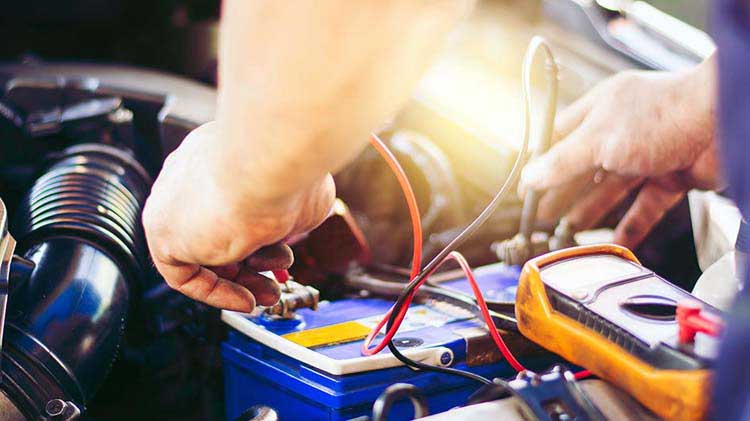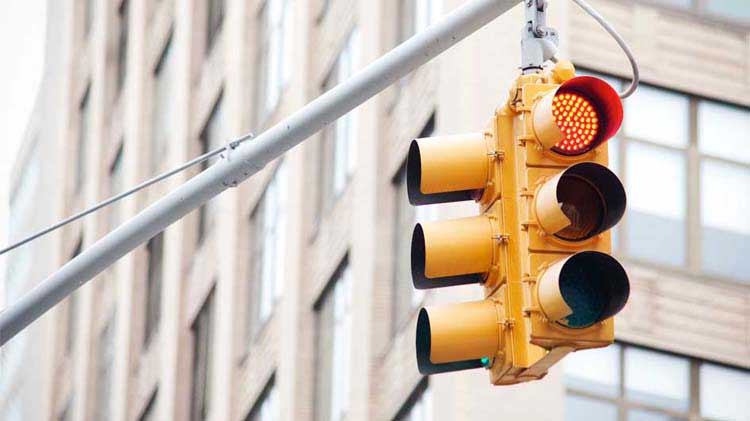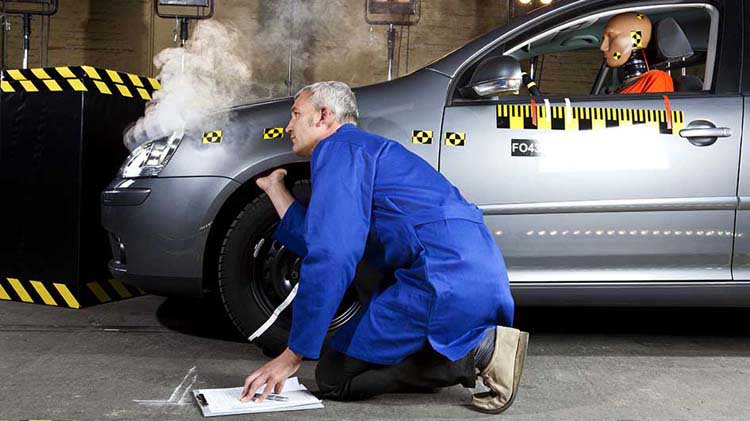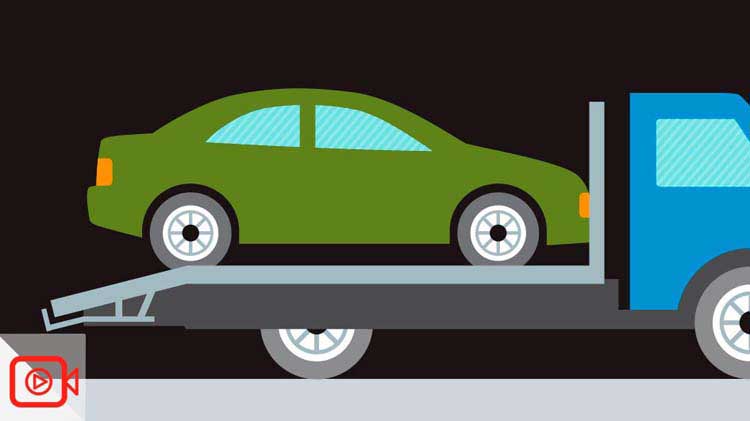Car battery replacement tips
Have you checked your vehicle's battery? Read this article to learn about your battery and when to change it.
Your vehicle's battery may be losing its drive for life. If you haven't checked it lately, there's no better time than now to have your car's battery tested and potentially replaced. Here's all you need to know about your vehicle's battery and when to change it.
How does a car battery work? And why do they fail in cold weather?
Batteries rely on chemical reactions to supply the current. Colder weather can slow down these reactions and eventually the batteries can't supply enough current to keep up with the demand.
Cold batteries discharge faster than warm batteries. If you live in a colder climate where temperatures often fall below freezing, you should consider keeping your vehicle in a garage, insulating the battery or even installing a trickle charger to keep it warm. If you're simply storing a battery, keep it in a cooler location and later bring it to room temperature before installing it.
How often should you test your car battery?
- If your vehicle is straining to start, be sure to have your battery checked.
- Have your car's battery tested every time you bring it in for routine maintenance, such as an oil change. Most shops will do it for free, so be sure to ask.
How often should you replace your car battery?
On average, car batteries tend to last around 3-5 years. The main differentiator between battery brands is the length of warranty, not quality. Have your car battery tested frequently to ensure it doesn't fail, stranding you in an inconvenient spot. If an automotive shop is recommending a car battery replacement based only on a maintenance schedule, double check before approving it. Confirm your vehicle maintenance schedule online, or ask the technician to show you the results of your battery's test.
Changing a car battery
While changing a battery, a good technician will clean off the clamps to make sure there's good contact between the battery terminals and the cables that deliver the punch to the starter. Even some corrosion can rob enough power to prevent the car from starting. Ask for a good protective spray to be the final touch of any surface. This protection will slow down the corrosion that will build up on the connections. A little extra work on the installation will really add up when it gets chilly.
What if I have a dead battery?
If faced with a dead battery, you have some options:
Call for roadside assistance
If you're alone and without jumper cables, the best option is to call for roadside assistance. Check with your auto insurer about emergency road service to make this hassle a lot easier.
Jump start the car
If faced with a dead battery, you can jump start the vehicle using another vehicle that is running well.
Here's a great, in-depth guide to jumping your vehicle. To summarize the points:
- Pull the working vehicle next to yours, so both batteries are within reach of your jumper cables.
- Turn off both cars.
- Connect the Red (positive) cable to the dead car's positive (+) terminal. Then connect the Red cable to the donor car's positive terminal.
- Connect the Black (negative) clamp to the battery's negative terminal on the donor car. Connect the other Black clamp to the ground point on the donor car's engine.
- Allow both cars to charge for a couple of minutes.
- Start up the donor car for about five minutes. Then start the previously dead car, and wait another couple of minutes.
- If possible, drive your car for a bit to ensure the battery recovers.
Charge the battery
When the car is in a safe location, disconnect the dead battery. You can then take it to your mechanic or a car battery retailer, or recharge it using a portable automotive battery charger. Many auto part stores offer this as a free service for most vehicles (typically excluding European vehicles with batteries in the trunk that also require a computer reprogramming).




